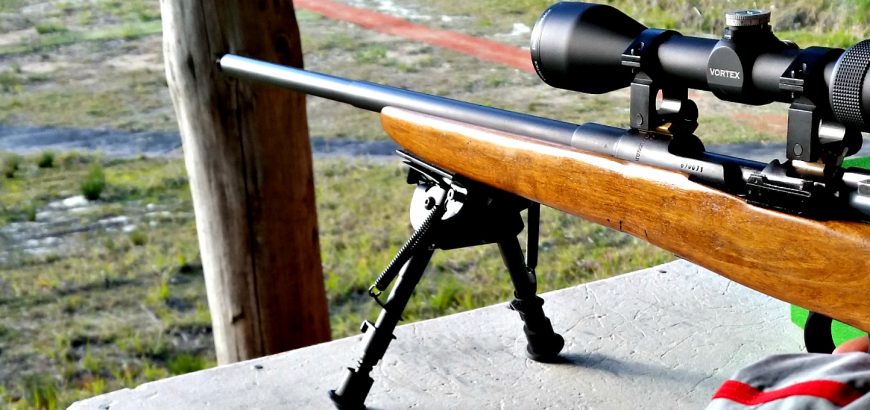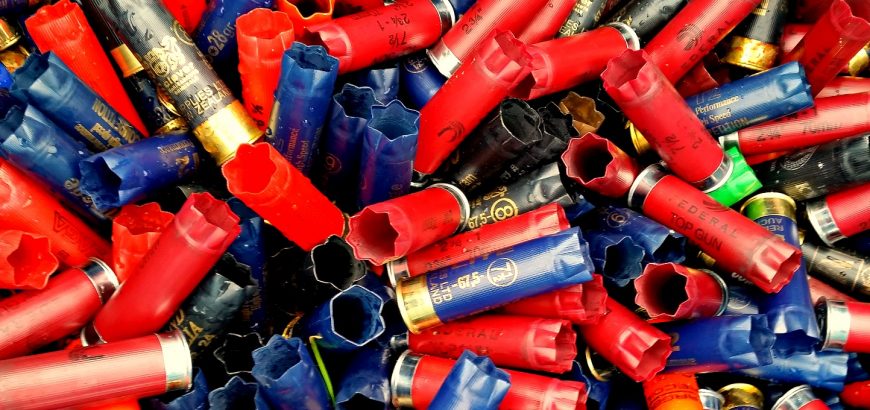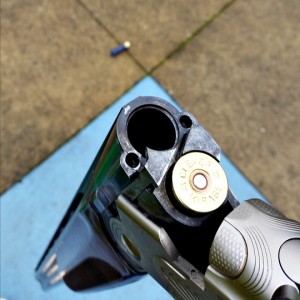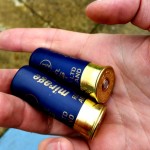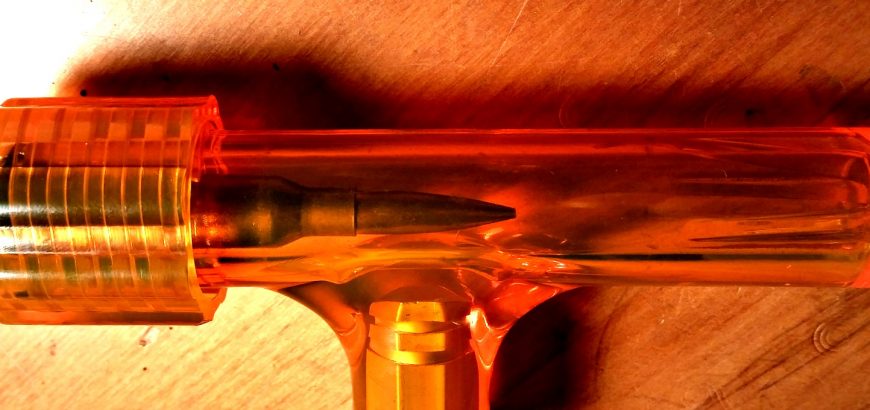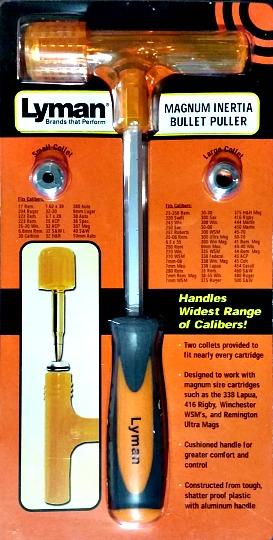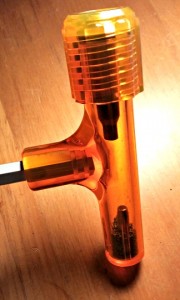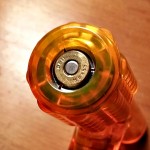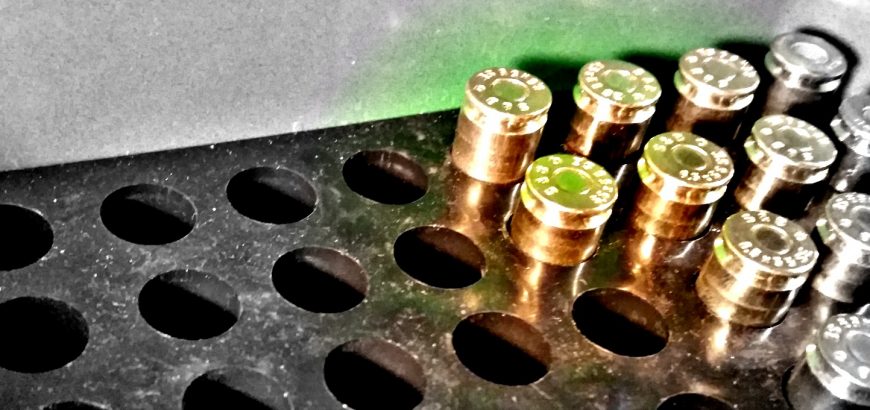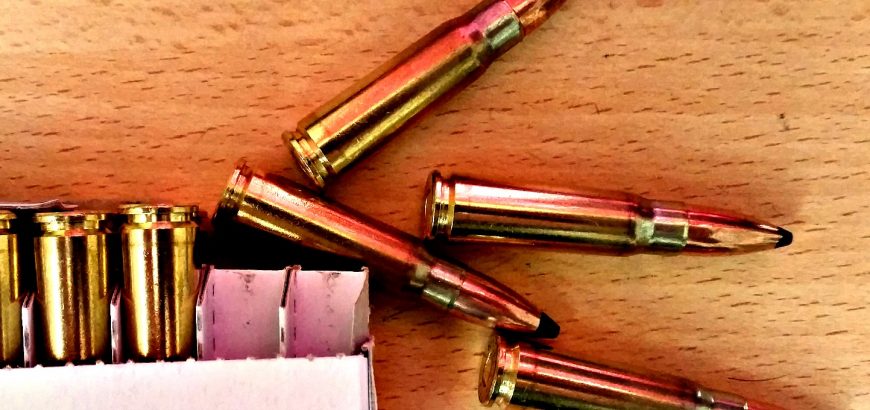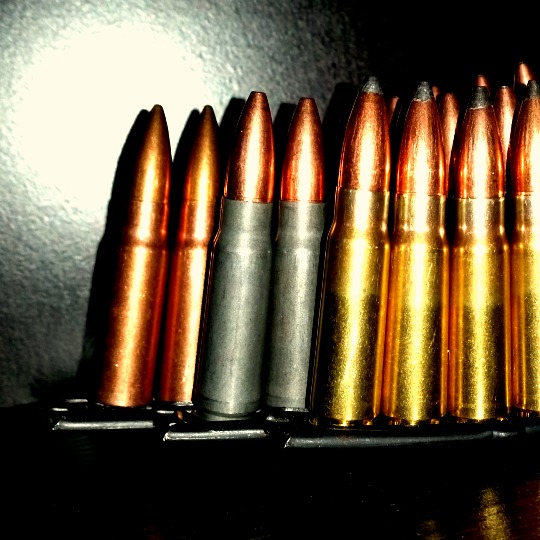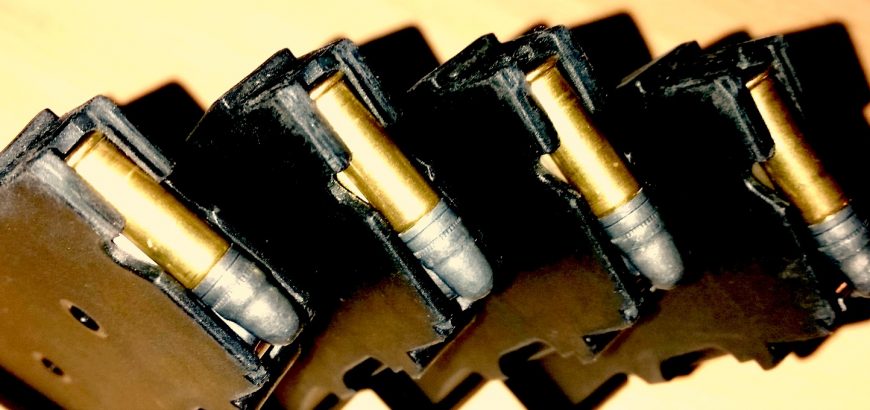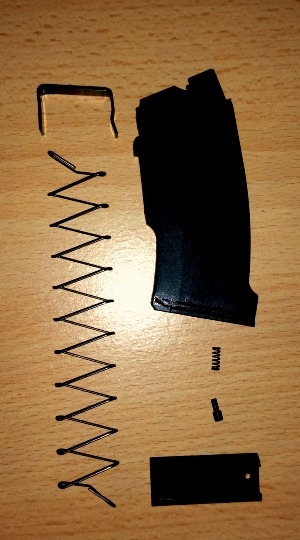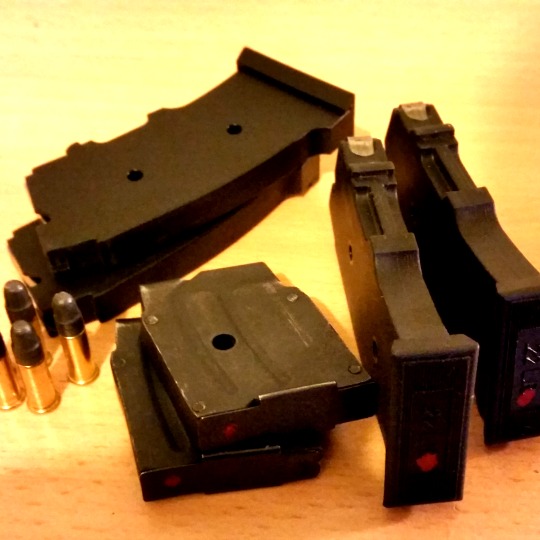While you might go to the range or shoot a .22 on someone’s private land – under immediate supervision – to get your first taste of shooting, if you’re serious about owning or shooting firearms, the next step is getting your A Category licence. Here’s a quick guide on the process, what to expect and what an A Cat licence entitles you to do.
What firearms can I own with an A Cat licence?
There are no restrictions on the amount of A Cat firearms you can own. They’re not registered against your name, and you can go buy one from the store straight away, assuming you have your licence and all the associated safety measures in place.
Firearms that are considered A Cat compliant are basically rifles or shotguns that are manually loaded. This means pump actions, lever actions, bolt actions, etc. You can have any features you want on these guns, as long as the overall length is more than 762 mm (30 inches). Anything shorter than that is considered a pistol, and will require a B-endorsement on your licence – which is a whole other story.
This means you can shorten your barrel, or have it in a bullpup configuration, whatever. There is no real minimum barrel length, as long as the overall length is over 762 mm. Which makes sense, as the issue with handguns is conceal-ability.
You can also own a semi-automatic sporting rifle or shotgun, but there are restrictions on these to make sure they don’t fall in to the MSSA (Military Style Semi-Automatic) category, which is governed by an E-endorsement on your licence.
In order to keep your semi-automatic firearm in A-Cat compliant condition, you’ll need to make sure:
- The magazine holds 7 rounds or less of centrefire or 15 rounds or less of rimfire ammo
- The mag also can’t “appear” to hold more than the above
- The butt isn’t collapsible, telescoping or folding
- There is no bayonet lug present
- There is no flash suppressor
- It doesn’t have a free-standing “military style” pistol grip
The pistol grip is the latest addition to the MSSA restrictions, and has been met with a cold-shoulder from the shooting community. Essentially it made a whole lot of unregulated A-Cat firearms illegal and meant people had to modify their rifles or dispose of them. New rifles or shotguns are now usually provided with thumbhole or Dragunov-style stocks.
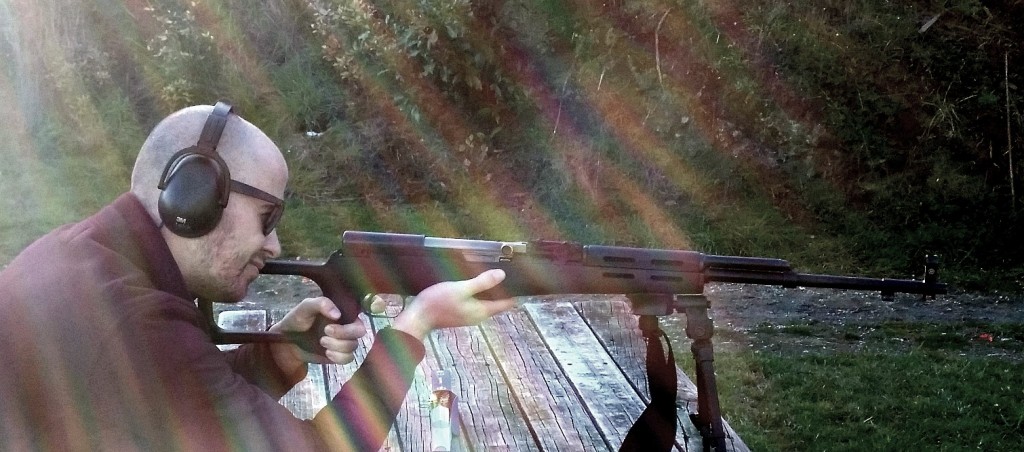
What do I need to do get my firearms licence?
Well, there’s the obvious stuff first. For those with criminal records or histories of domestic or other violence, a licence to hold a potentially lethal weapon isn’t exactly on the cards. The police firearms officer will do a background check on you, and they’ll also ask to interview two referees. If you’re married or otherwise attached, one of those referees will have to be your spouse, while the other must be a non-related person you’ve known for a couple years or more. Those referees are basically to attest to the fact that you’re a fit and proper person to own a firearms.
However, before you’ve even done this step, you’ll have to sit a test that shows you have a solid understanding of how to safely store and use hunting or sporting weapons. Start your study by asking your local police station for a copy of the Arms Code or get it online. Once you have a thorough understanding of what is involved in the responsible and safe ownership and operation of firearms, you can apply to sit the test.
The test will be held at your local police station, and is facilitated by volunteers who have a wealth of practical firearms experience. They’ll take you through the main points of gun safety, including how to carry a gun in the field and ensuring the firearm is made safe before and after use. There’s a short video and practical demonstrations of how to hold, load and unload a rifle or shotgun.
After all this there is a multi-choice test, for which you have to get almost all of the answers right in order to pass. If you don’t get it right the first time, you’ll have to study up some more and attend another information evening before you can sit the test again.
Once you have your proof of having passed the test, you can go to the local post shop and pay for your licence. The cost is $126.50. You’ll need to get proof of payment along with passport photos to the police. At this point you’ll arrange for your safety check to be done at home. Talk to the police or your local arms officer about what the safety standards are.
For an A Category licence, a good standard is to have a lockable safe with separate ammo compartment (bolts and ammo must be stored separately so as to make the firearm inoperable). These can be picked up for a few hundred bucks on Trademe or other websites, and are usually supplied with expanding bolts and pre-drilled holes so you can secure the safe to either a concrete floor, or the walls and floor if you’re securing to wood (say, inside a closet). The firearms officer will check to see if the safe is actually securely fastened – it’s no good if a potential thief could just lift it up and take the entire safe away, guns and all.
Once you’ve sat your test, paid for your licence and supplied photos, had your referees interviewed and safety checked, it’s just a matter of time before your licence arrives in the post. It could take a few weeks or more, depending on how busy they are – so don’t freak out! Also remember that your licence is valid for ten years and will have to be renewed before it expires if you’re to keep your firearms. Which reminds me…
